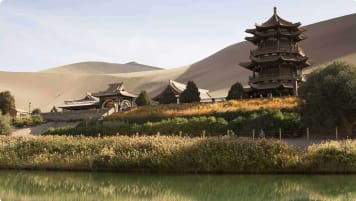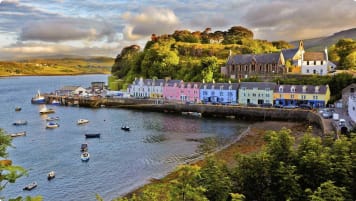A Short History of Tokyo
A Short History of Tokyo Shibuya Crossing in Tokyo, the busiest intersection in the Japanese metropolis The history of Tokyo is intimately intertwined with that of Japan’s. In this article, we’ll explore Tokyo’s history from…
5 Jan 20 · 10 mins read
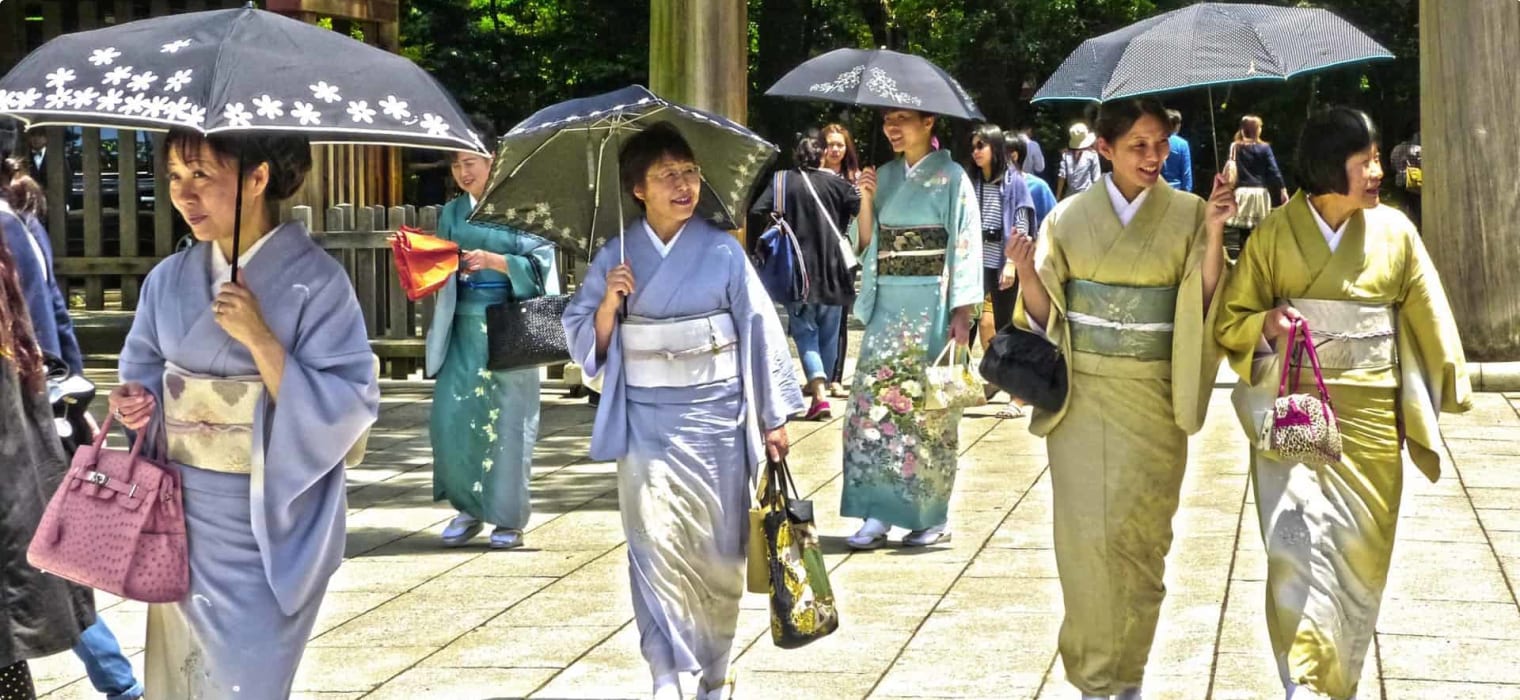
A Short History of Tokyo
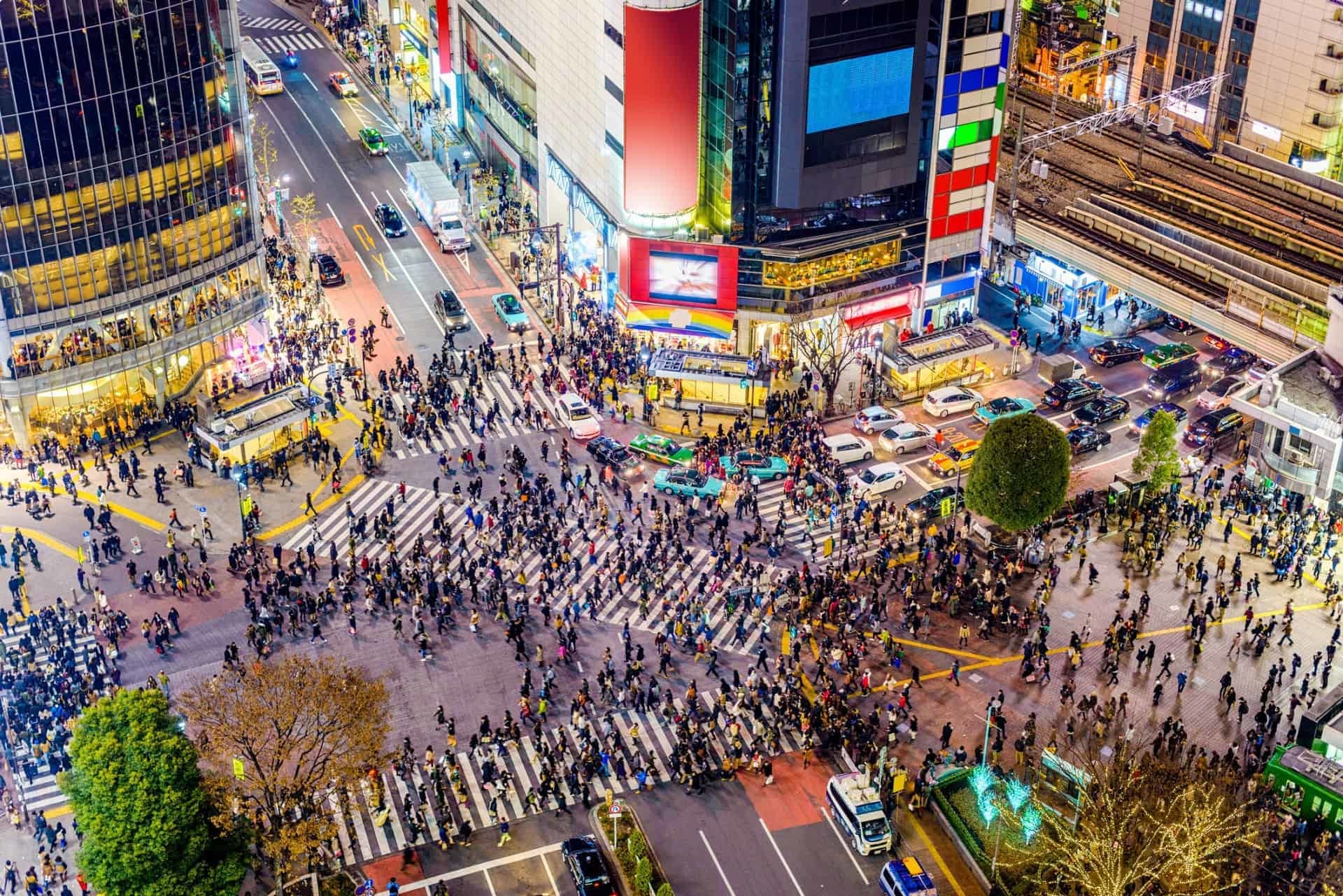
The history of Tokyo is intimately intertwined with that of Japan’s. In this article, we’ll explore Tokyo’s history from its origin as a small fishing village, to its development as one of the largest urban areas in the world. We will also take a look at some of the city’s important sites by area.
Tokyo was Edo, a fishing village
Originally a small fishing village called Edo (“estuary”), Tokyo has been inhabited since ancient times but grew in stature and importance when shogun (roughly, “Commander-in-Chief ”) Tokugawa Ieyasu moved the seat of what would be Japan’s last shogunate from Kyoto to Edo. The Tokugawa Shogunate ruled Japan for 265 years from 1603 to 1868, and during this period Edo experienced rapid development and population growth, establishing itself as a centre of culture and commerce.
Tokyo as the “Eastern Capital”
Edo, however, was not the capital under the shogunate; that honour still belonged to Kyoto, the “thousand-year” capital and the seat of the Emperor, who nominally was the ruler of Japan but is in fact only a ceremonial head of state while the shogunate was in power. The forceful reopening of Japan’s ports by the American Commodore Matthew C. Perry and his “black ships” in 1853 brought sudden changes in Japan’s economy and way of life, producing deep discontent among the daimyo, or feudal lords.
Japan, which by then had been closed by the Tokugawa Shogunate to most of outside influence and trade for more than 200 years, was shocked by the Americans’ military technology. The feudal lords began to see the shogunate as weak, severely outclassed by Western power, and decided it was time to restore the Emperor as the true ruler of Japan in order to unite the country and rally support for modernisation.
The historically anti-Tokugawa domains, Satsuma and Choshu, banded together in support of the Emperor, and the Tokugawa Shogunate was brought down in 1868. After centuries of total control, the age of the shogun was over.
The imperial capital was moved from Kyoto to Edo, and Edo was renamed Tokyo, or the “eastern capital”.
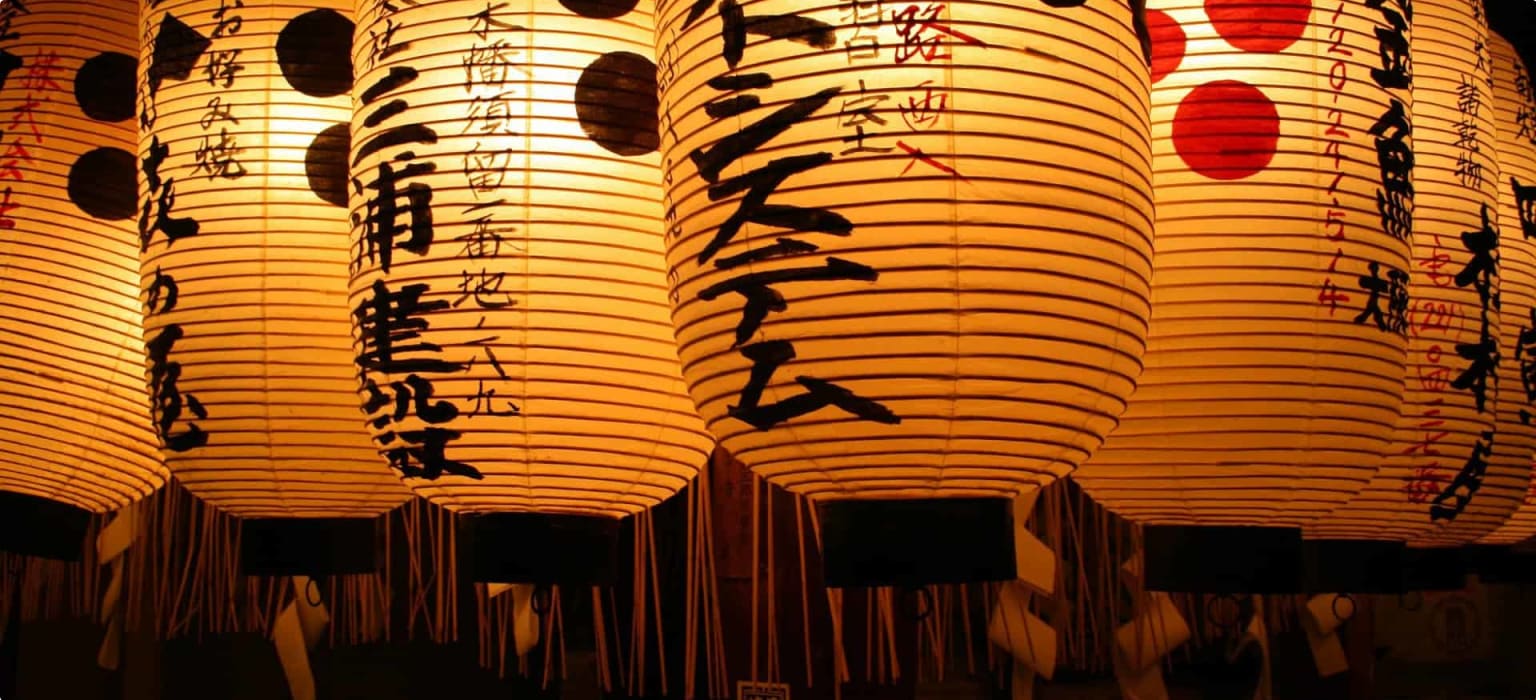
Tokyo under the Meiji Restoration
Then 15-year-old Mutsuhito, second son of Emperor Komei, was named Emperor of the new government. Mutsuhito took on the name Meiji (from the Chinese ming “enlightened” + dji “government”) and his reign became known as the “Meiji Restoration”.
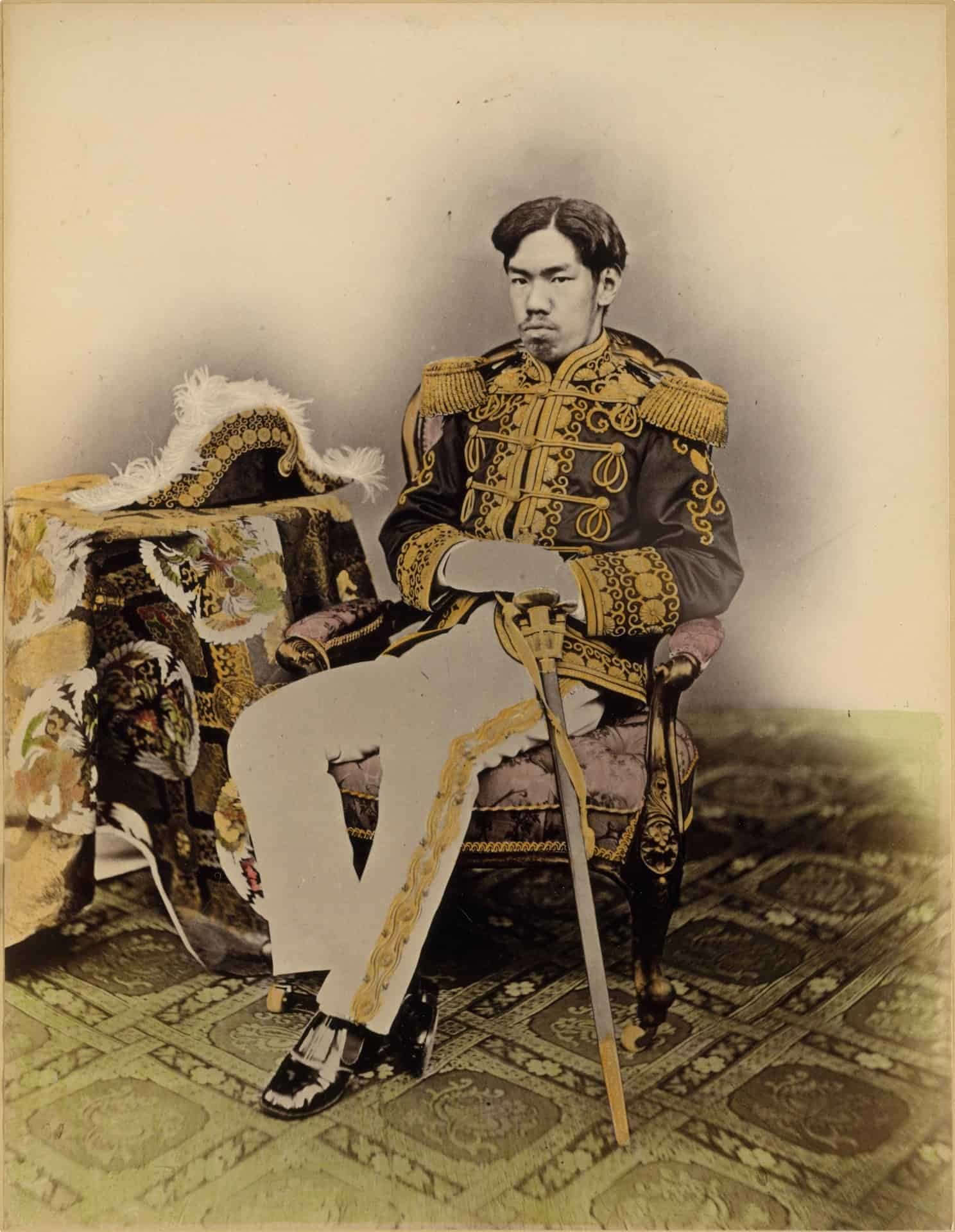
The Meiji era was characterised by rapid developments that enabled an isolated Japan to return to and even dominate the international political arena. In short order, Japan abolished the feudal domains (1871), built its first railroad (1872), conscripted the male population to build its military (1873), and instituted telegraph lines (1880) and a European-style banking system (1890).
Japan’s cultural leaders established a museum system adopted from the West, inaugurating the Tokyo National Museum in 1872.
In 1887, Japan consolidated government schools into the Tokyo Imperial University (now the University of Tokyo) and introduced Western knowledge by bringing in consultants from Europe and United States.
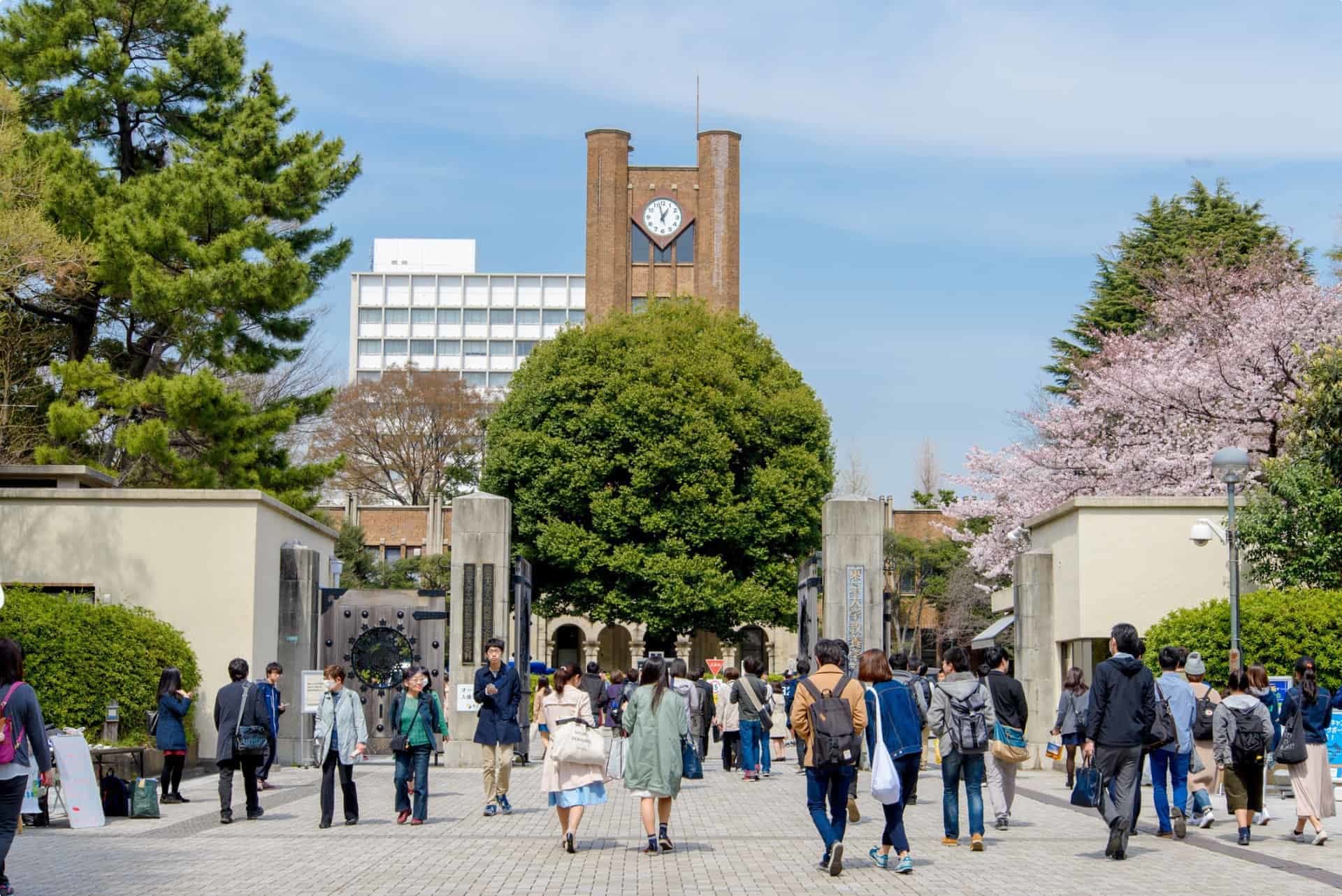
Japan demonstrated its military power in its victories against China (Sino-Japanese War in 1895) and against Russia (Russo-Japanese War in 1905), both for dominance over Korea, which Japan annexed as a colony in 1910.
Japan entered World War II with a surprise attack on Pearl Harbour and coordinated offensives in Southeast Asia. As various war tactics were unable to make the Japanese surrender, the United States dropped nuclear weapons on Hiroshima and Nagasaki in 1945.
The atomic bombings created, according to Elise Kurashige Tipton in The Great Empires of Asia (edited by Jim Masselos, first published in 2010) “a strong sense of pacifism at grassroots level [in Japan] that continues to the present”.
We will continue discussing Tokyo’s history by looking at its areas and famed destinations.

Central Tokyo
Central Tokyo was where Ieyasu built his shogunate and where the Emperor of Japan now resides. The area has been the site of destruction, notably the Great Kanto Earthquake which destroyed nearly half of Tokyo in 1923, and the 9.0 magnitude Tohoku earthquake in 2011, the most powerful earthquake ever recorded in Japan and the fourth most powerful earthquake recorded on the planet. Central Tokyo was heavily bombed as well by the Allied powers during World War II; under Operation Meetinghouse, for example, 2,000 tons of incendiary bombs were dropped over Tokyo in only 48 hours.
The area has recovered several times over. Today, Central Tokyo offers visitors a glimpse of an old Japan establishing its own unique identity, and a modern Japan opening up to and fusing with other cultural influences.
Imperial Palace
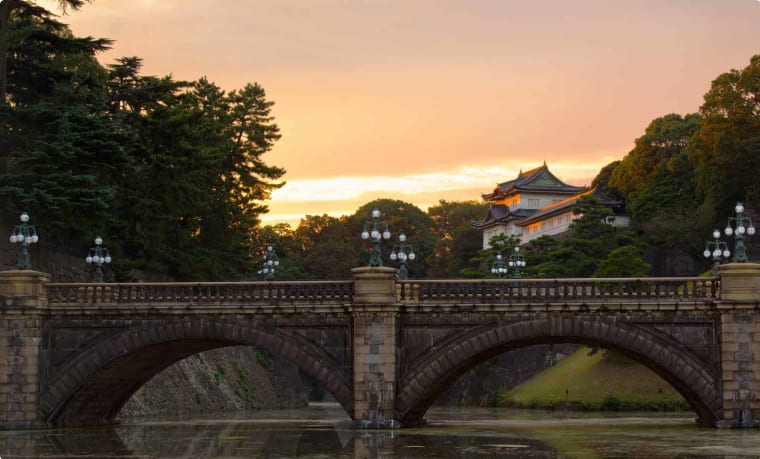
The Imperial House of Japan, also known as the Chrysanthemum Throne, dates back to 660 BC and is the oldest continuing hereditary monarchy in the world. The 126th Japanese emperor is Emperor Naruhito, who acceded to the throne in May 2019 following the abdication of his father, Emperor Akihito.
The emperor and his family resides in the western part of the grounds of the Imperial Palace, originally Tokugawa Ieyasu’s castle where he established what would be Japan’s last shogunate. The double-arched Nijubashi bridge serves as the palace’s main entrance. The inner grounds of the palace are generally not open to the public, but can be entered on January 2 (New Year’s Greeting) and December 23 (Emperor’s Birthday), to see the members of the Imperial Family, who make several public appearances on a balcony. Guided tours of the palace grounds are also offered during the rest of the year.
Kabuki-za Theater
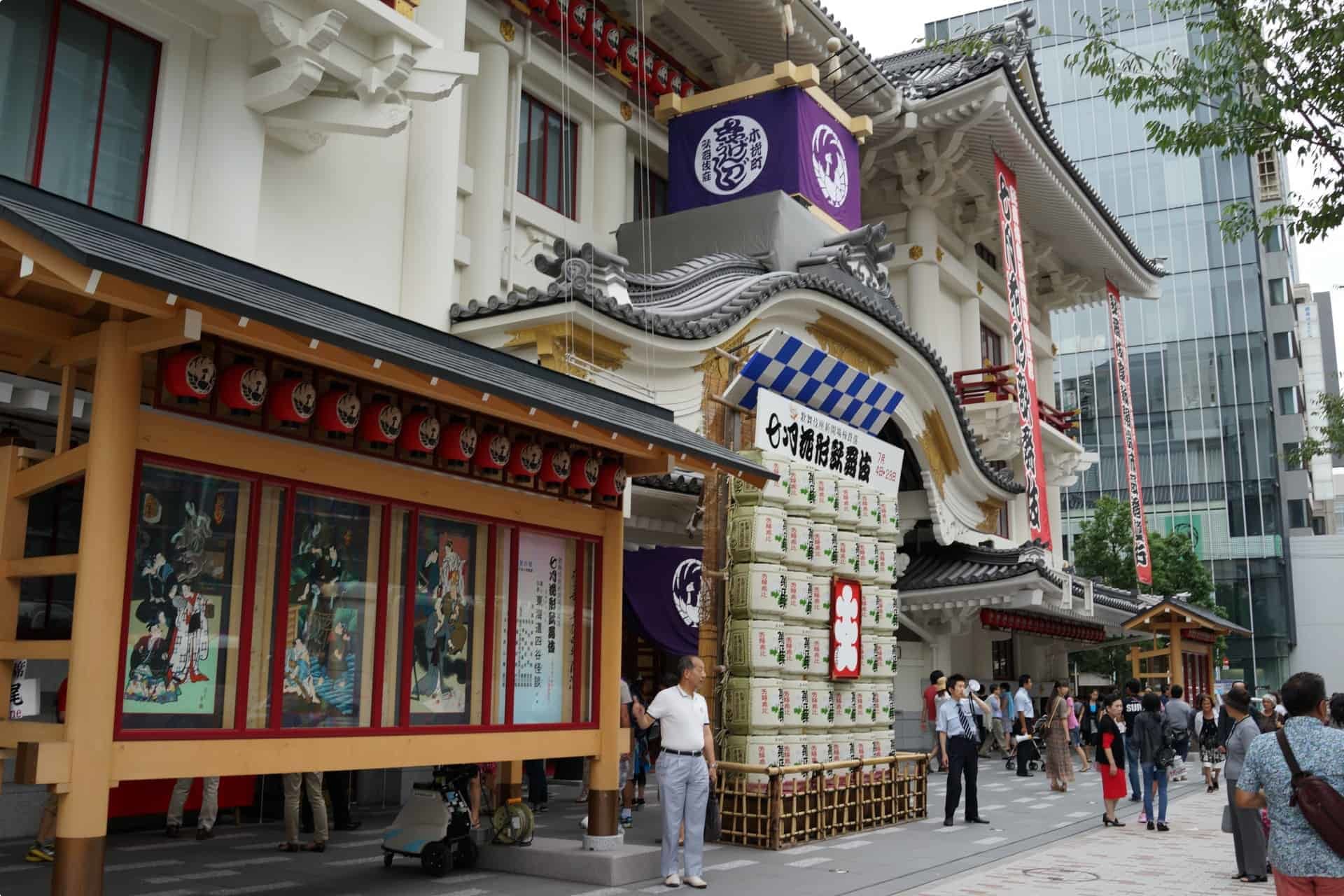
Kabuki is traditional Japanese theatre characterised by stylised movements and elaborate make-up and costume. Tokyo’s principal theatre for this art form opened in 1889 during Emperor Meiji’s reign. The structure is striking for making use of Western building materials and lighting equipment but retaining a traditional Japanese style.
Tokyo Tower
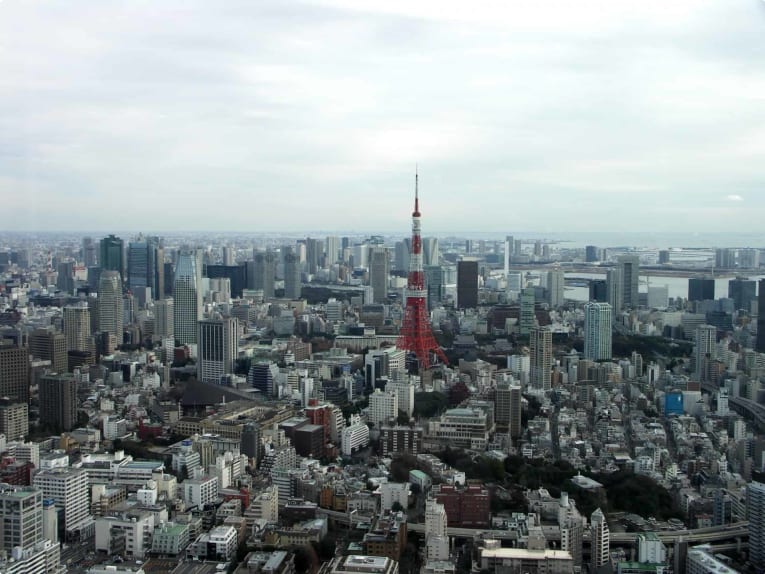
Completed in 1958 as a symbol of Tokyo’s rebirth after World War II, the 333-metre (or 1,093-ft) Tokyo Tower stands higher than its model, the Eiffel Tower in Paris. The tower offers a great vantage point of the city, and has two observation decks–one at 150 metres (492 ft) and another at a higher 250 metres (820 ft)–and a four-story complex from the ground floor up, offering shopping, food, and entertainment.
Akihabara
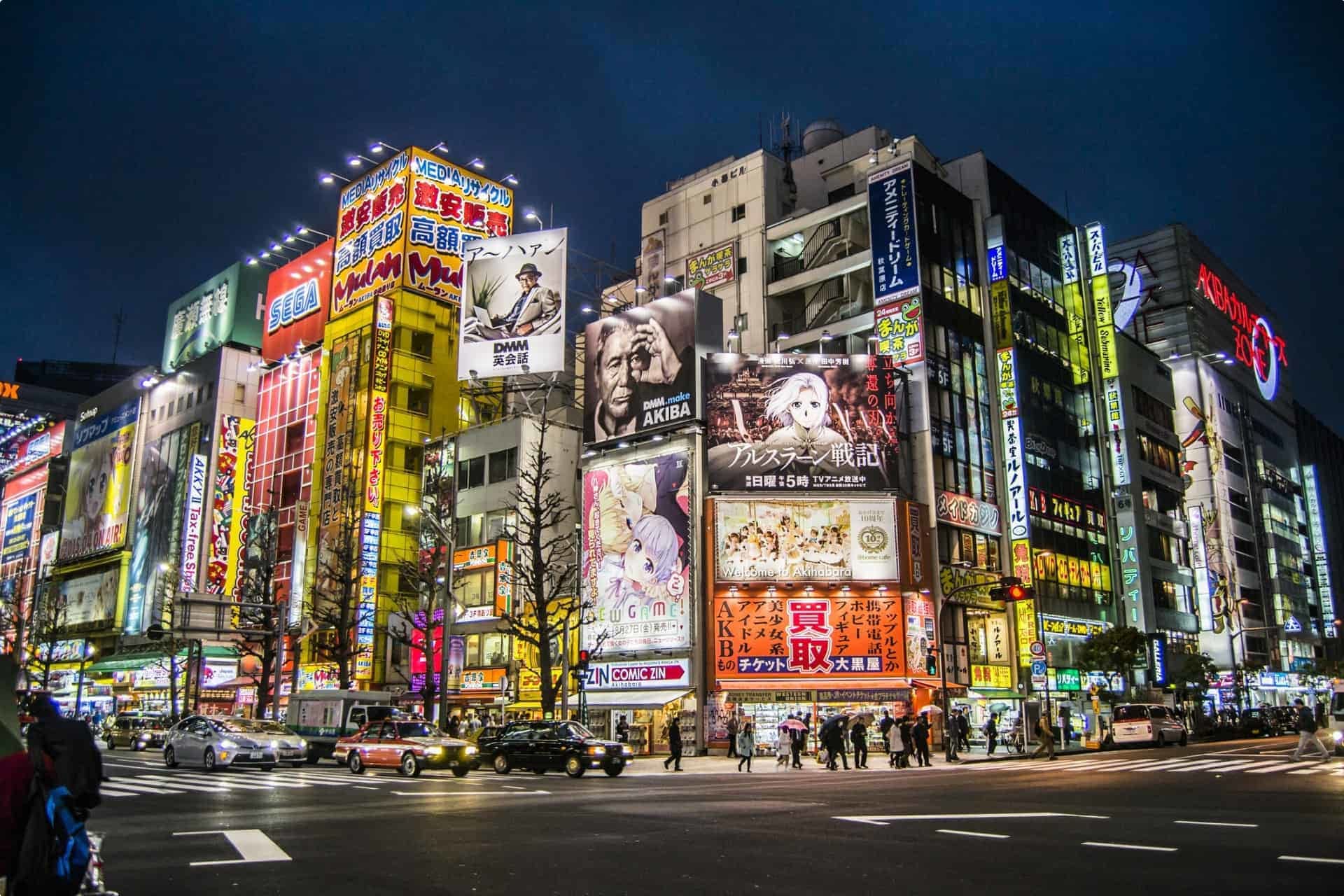
Akihabara is the headquarters of everything related to electronics, anime, and manga. It got its name from Akiba, a fire deity, which locals used as a nickname for a shrine built to replace the buildings destroyed by a fire in 1869. (The shrine was moved to Taito after Akihabara Station was built in 1888.) It grew from the black market that thrived in the area post-World War II, born from a combination of surplus radio equipment and a government still too weak to regulate trade. Akihabara is paradise for entrepreneurs, and for those looking for gaming and anime merchandise and great electronic deals.
Tsukiji
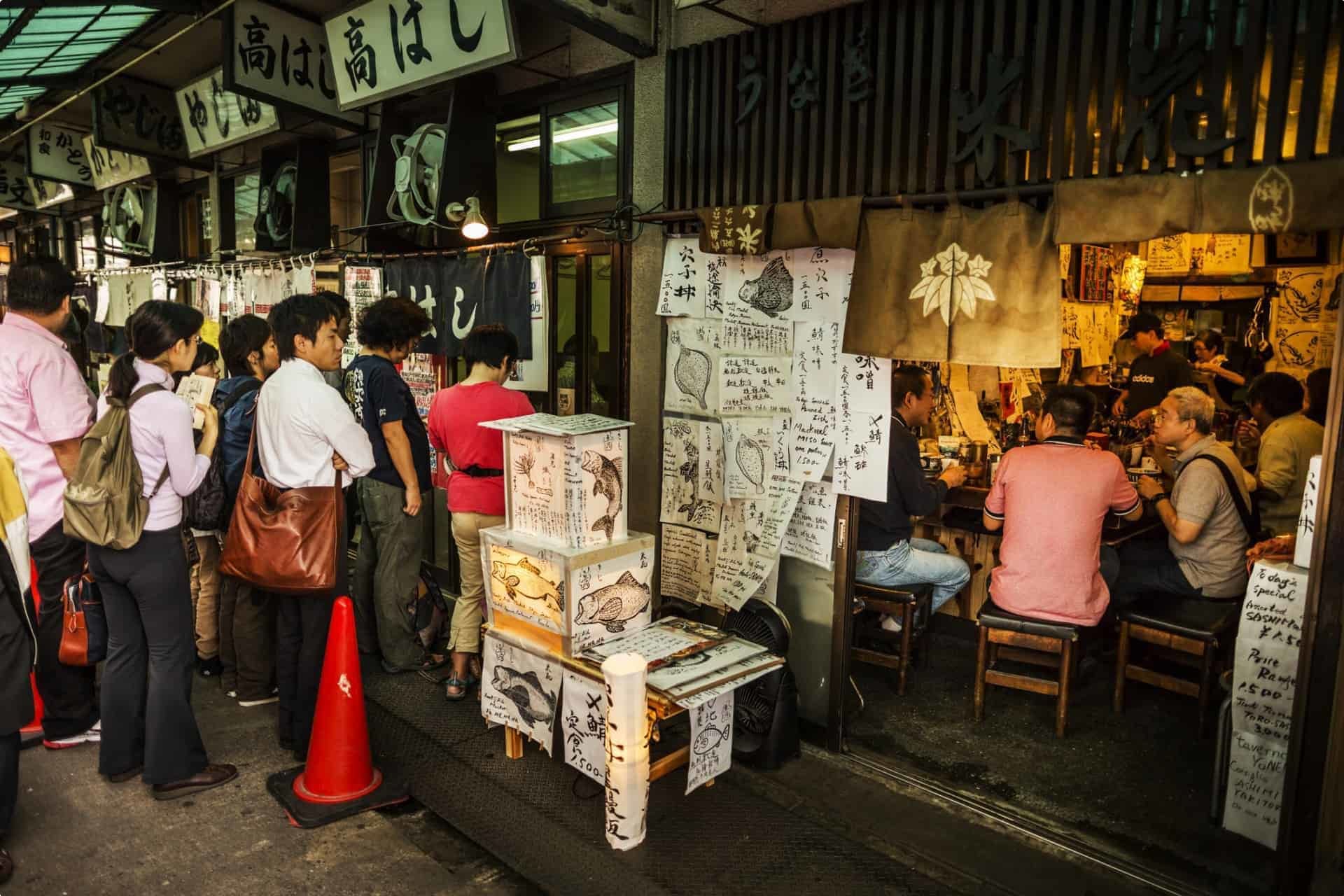
From 1935 to October 2018, Tsukiji was home to the largest and busiest fish market in the world. Tsukiji means “constructed land” as it was built during the Tokugawa Shogunate through land reclamation. Tokyo’s fish market moved here from Nihonbashi after the first market was destroyed in the Great Kanto earthquake. After eight decades, the fish market has once again moved, this time to the brand-new Toyosu market, which held its first early-morning auction on October 14, 2018. The outer market of Tsukiji remains accessible, however. Here, travellers can experience eating fresh sushi for breakfast while enjoying the view of Tokyo Bay.
Jimbocho
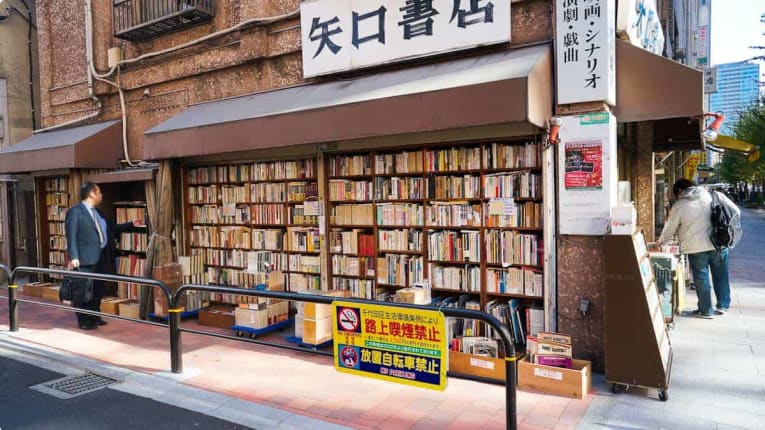
Jimbocho is Tokyo’s number one destination for book lovers. The booksellers’ district grew from its proximity, in the 1870s and 1880s, to three major Japanese universities: Meiji, Chuo, and Nihon. Now only Meiji University remains, but the area is still home to more than 100 bookshops, including those–Kitazawa Books and Isseido Booksellers, to name a few–that carry titles in English.

Northern Tokyo
While Central Tokyo had to rebuild itself several times, giving rise to the city’s Western-style buildings, travellers can still see traces of old Edo in Northern Tokyo, which largely escaped destruction during the war and Japan’s numerous earthquakes.
Senso-ji Temple
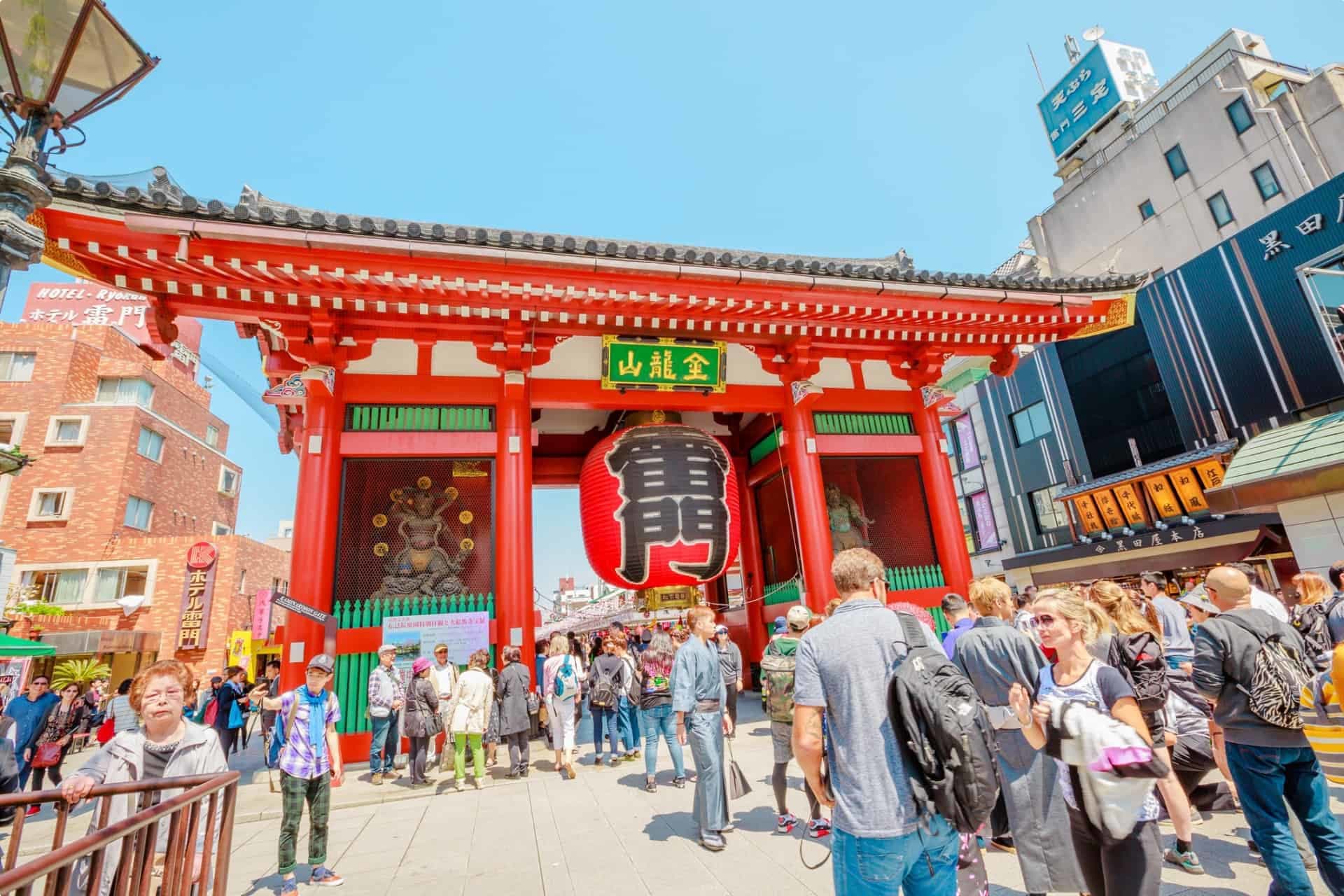
This temple, also known as Asakusa Kannon, is Tokyo’s oldest and most sacred. As legend tells it, two brothers fished a gold statue of Kannon, the goddess of mercy, out of the Sumida River in 628. The brothers’ master built a shrine dedicated to the goddess, and the temple was completed in 645. It grew in stature and size after Tokugawa Ieyasu allotted land for the temple. The Yoshiwara pleasure quarter also moved nearby, which perhaps added to the temple’s popularity.

Senso-ji is now the focal point in Northern Tokyo, receiving millions of visitors every year. Travellers enter through the Kaminarimon or Thunder Gate to see the image of Kannon in the main shrine. Connecting the Thunder Gate to the second gate is a shop-lined street called Nakamise-dori, where travellers can buy souvenirs such as yukata (casual summer kimono),folding fans, and traditional local snacks.
Ueno Park
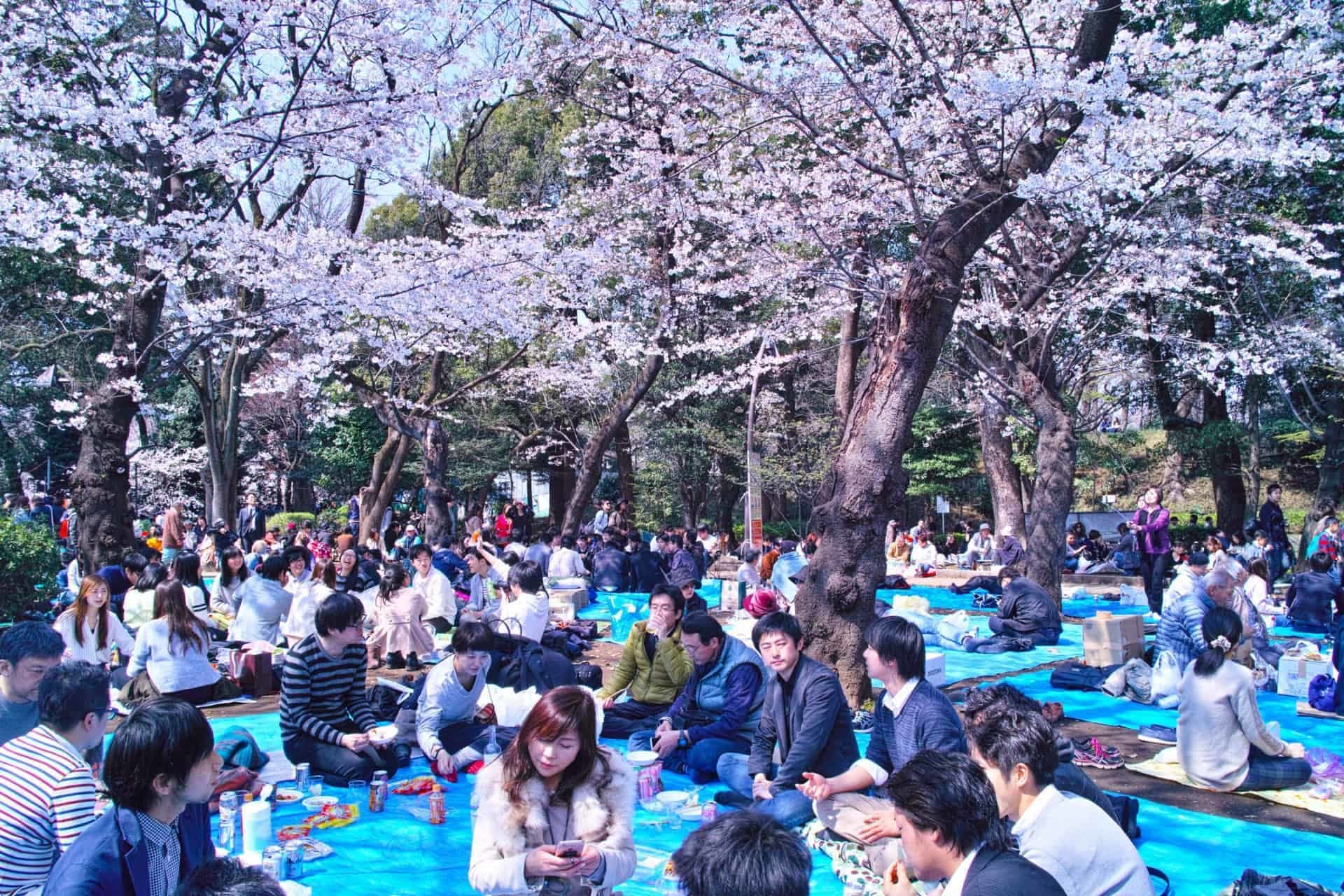
Ueno Park’s beauty has been the subject of many ukiyo-e prints and short stories. The 16-hectare Shinobazu Pond can be found here, as well as numerous museums including the Tokyo National Museum which holds the most exhaustive collection of Japanese art in the world. The park was the site of the Battle of Ueno in 1868, where forces of the shogunate and the emperor clashed. Ieyasu is enshrined at the Ueno Tōshō-gū, a Shinto shrine.

Western Tokyo
This part of Tokyo is modern and forward-looking, with fewer historical sites compared to Central and Northern Tokyo. Travellers who love the energy of a fast-paced, bustling city will enjoy their visit here.
Shinjuku

This is the business and entertainment district surrounding Shinjuku Station, one of the world’s busiest railway station, ferrying two million people every day. Bombed and burnt to ruins during World War II, Shinjuku rose from the ashes in 1947 and steadily grew in population and prominence. East Shinjuku is the nightlife centre dating back to the Edo period. Here you can find hostess bars and pachinko parlours (pachinko is a kind of arcade game), as well as movie houses, restaurants, and cafes. West Shinjuku has most of Tokyo’s skyscrapers, some topped with restaurants that offer a great view of the city.
Harajuku District
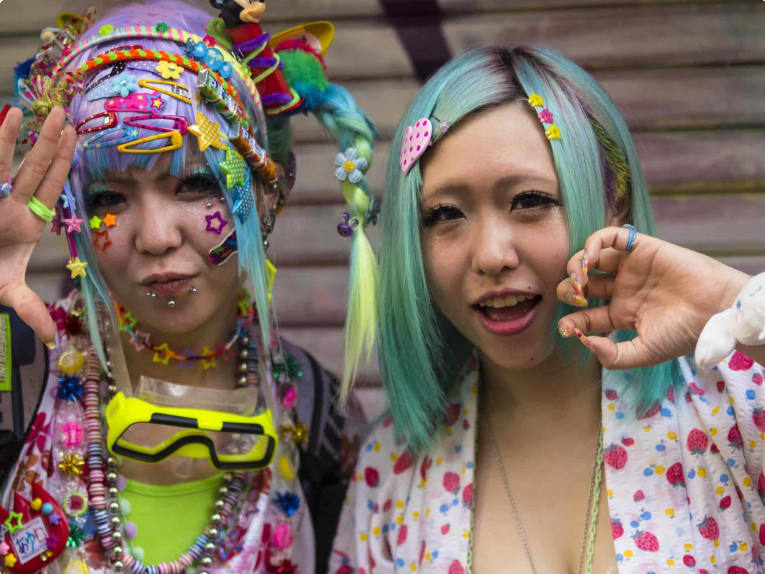
Harajuku is a retail and dining destination, and is famous the world over as the epicentre of innovative and theatrical teen fashion and culture. Sartorial styles that became famous in Harajuku include the hyper-feminine “Lolita” which runs the gamut of styles from Gothic to sweet, and the playful and child-like Decora style inspired by ’80s cartoon characters. Travellers will enjoy shopping in the boutique stores, or simply people-watching.
Shibuya
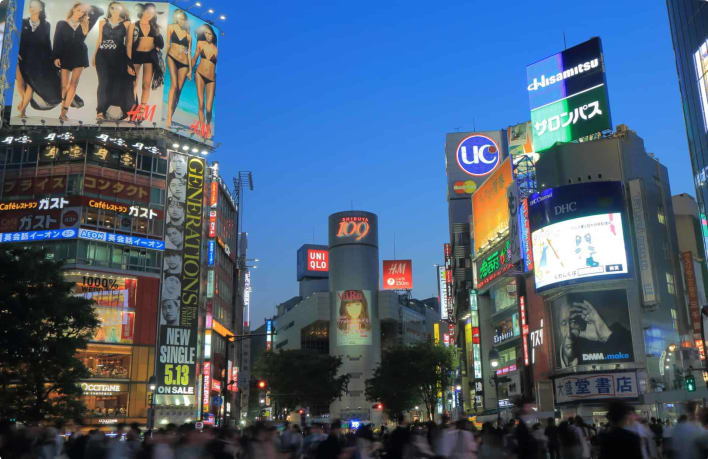
Shibuya is known for the Shibuya Crossing, the famous intersection outside Shibuya Station at the Hachiko Exit (Exit 8). Here all lights turn red at the same time, and passengers surge forward, a moment of perfectly timed “organised chaos“. Like Harajuku, Shibuya is popular among Japan’s affluent youth with its many bars, restaurants, and trendsetting fashion centres.
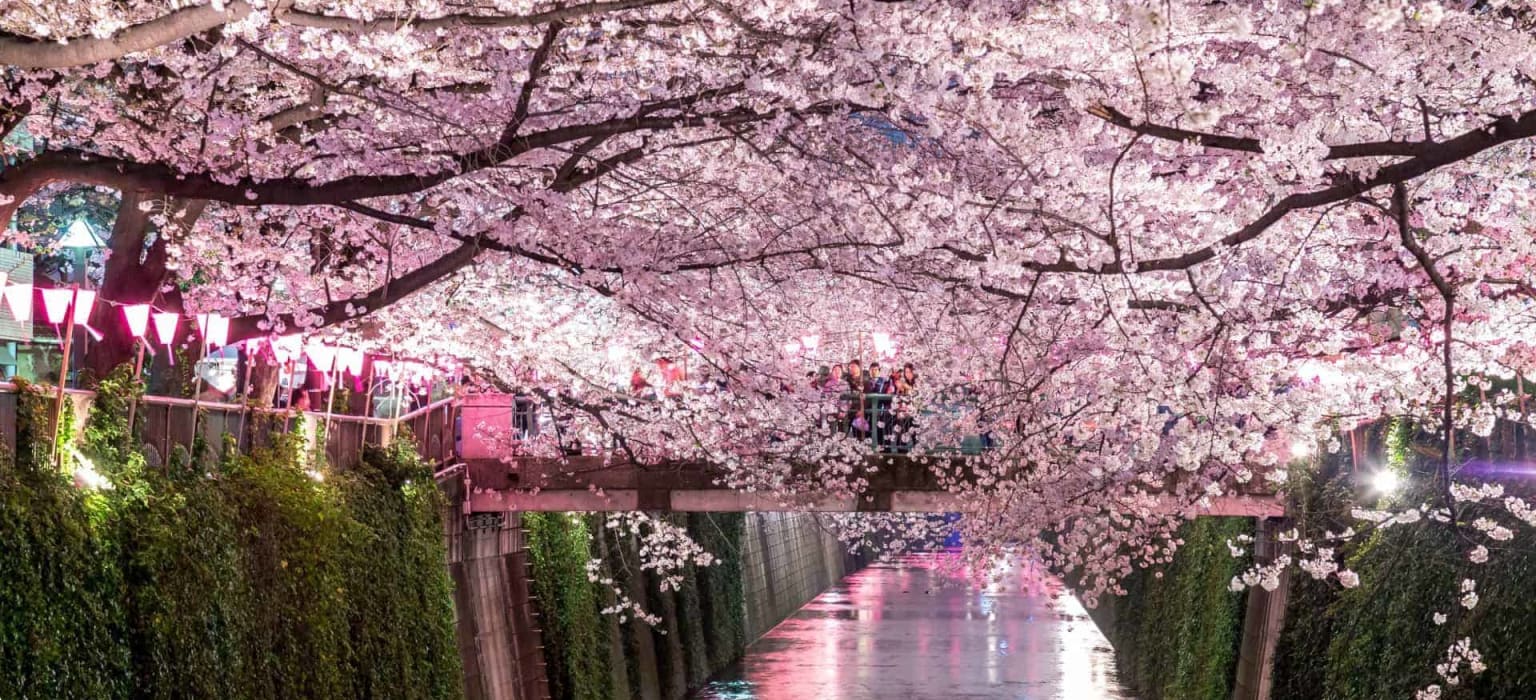
Travel to Tokyo with Odyssey
Tokyo is a dynamic city that is a pleasure to visit any time of the year. Odyssey Traveller offers a number of escorted tours to Tokyo and the rest of Japan. These are particularly tailored for small groups of active senior travellers, providing access to the country’s rich cultural and natural wonders.
- Our Contemporary Japan tour will take you through modern life in this East Asian jewel. This contemporary tour is an expedition through Japan’s major urban areas. This 21-day tour begins and ends in Japan’s tantalising capital, Tokyo. For the first 12 days we get our fill of Tokyo fashion, technology, culture, and sights. With Japan’s long history, ancient traditions sit side-by-side with fast-paced urban living, and so we spend time as well in the ancient capital of Kyoto, exploring its gardens and temples. We visit the coastal city of Shimoda and spend a day on the art island of Naoshima.
- The Walking Japan small group tour begins in Tokyo and ends in the ancient capital of Kyoto. This tour journeys around the northeast region of Japan, while following in the footsteps of the famous 17th century haiku poet, Matsuo Basho.
- Our Exploring Japan tour is a journey that will take you from Japan’s imperial city of Kyoto to the neon-lit capital of Tokyo, tracing nearly 2,000 years of history and culture of the Land of the Rising Sun. We will learn about Shintoism and Buddhism, visit temples and other UNESCO-protected World Heritage Sites, admire the country’s natural scenery, and immerse ourselves in Japan’s rich culture.
- The Japan History by Rail small group tour passes the breathtaking Mount Fuji as we weave our way across the country via Japan’s world-renowned railway system, offering breathtaking views of its natural and urban beauty.
All our tours include an English-speaking guide to introduce you to the rich heritage of this incredible nation. Please click through to learn more and sign up!
Originally published October 15, 2018
Updated on January 6, 2020
Articles about Japan published by Odyssey Traveller.
- Shoguns of Japan
- Around the world in six coffees
- Forest bathing in Japan
- Celebrating the Cherry Blossom; Hanami
- Travel tips for travellers to Japan
- Ten of the best books on Japan.
- Astro Boy on a Japan Tour
For all the articles Odyssey Traveller has published for mature aged and senior travellers, click through on this link.
External articles to assist you on your visit to Tokyo and Japan.
- Ultimate Tokyo Travel Guide
- 6 Days in Tokyo Itinerary: Complete Guide for First-Timers
- Japan’s UNESCO World Heritage sites
- Japan by Marianna Zanetta; travel tips and advice
- Story of Modern Japan; Dr. Christopher Harding
About Odyssey Traveller
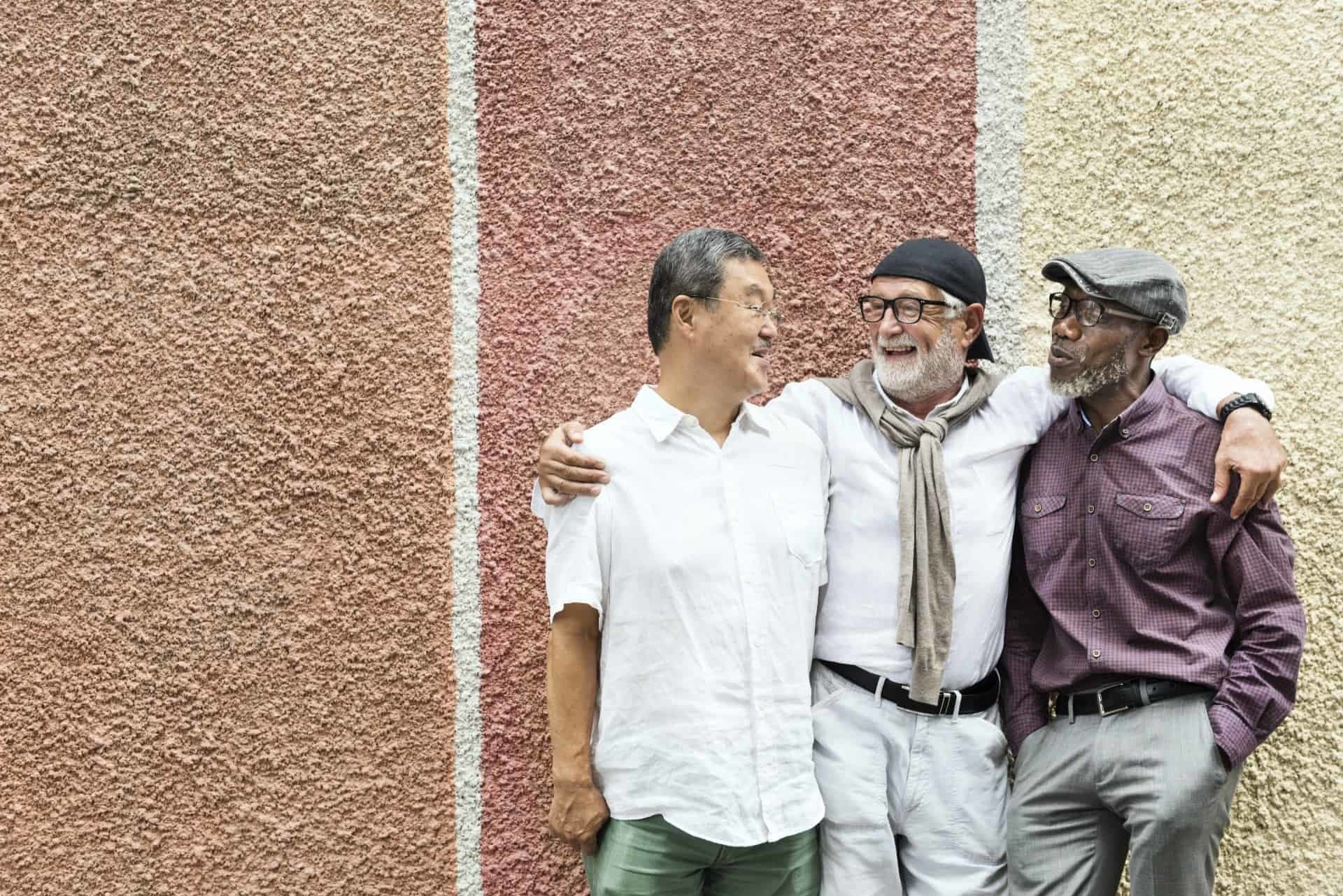
Odyssey Traveller is committed to charitable activities that support the environment and cultural development of Australian and New Zealand communities. We specialise in educational small group tours for seniors, typically groups between six to 15 people. Odyssey has been offering this style of adventure and educational programs since 1983.
We are also pleased to announce that since 2012, Odyssey has been awarding $10,000 Equity & Merit Cash Scholarships each year. We award scholarships on the basis of academic performance and demonstrated financial need. We award at least one scholarship per year. We’re supported through our educational travel programs, and your participation helps Odyssey achieve its goals.
For more information on Odyssey Traveller and our educational small group tours, visit our website. Alternatively, please call or send an email. We’d love to hear from you!
Related Tours
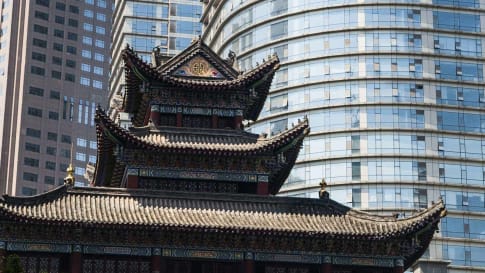
21 days
OctContemporary Japan | Small Group Tour
Visiting Japan
This small group tour organised by Odyssey Traveller, Contemporary Japan, will take you through modern life in this East Asian jewel. This contemporary tour for couples and solo travellers is an expedition through Japan’s major urban areas, beginning and ending in Japan’s tantalising capital, Tokyo. For the first 12 days we get our fill of Tokyo fashion, technology, culture, and sights.
From A$19,625 AUD
View Tour
12 days
Sep, MarJapan Odyssey - Small Group Tours for Mature Travellers
Visiting Japan
During this small group program we encounter history from ancient periods; religions such as Buddhism and Shintoism; the philosophy of the people through visits to world renowned temples and shrines; and old towns full of ancient legends of Samurai and more in Japan. Together we, as mature and senior couples or solo travellers will share some traditions which the Japanese have inherited. A variety of sites including UNESCO World Heritage sites, has been chosen for this tour, all filled with clues such as Hanami or forest bathing to understand the essence of Japan including astro boy.
From A$14,995 AUD
View Tour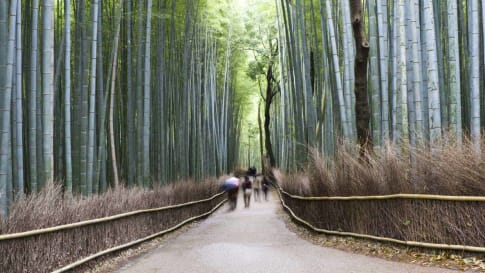
10 days
AprJapan History by Rail - Small Group Tour
Visiting Japan
Explore historic and present day Japan. Journey by rail to regions and great cities to learn about their historical significance.
From A$13,995 AUD
View Tour
14 days
Oct, MayWalking Japan | Small Group Tour
Visiting Japan
Escorted small group tour, Walking Japan, for mature and senior couples and solo travellers, a walking program traces the journey of 17th century Japanese poet and haiku master, Matsuo Basho. We walk in his footsteps on this 13-day journey around the northeast Tohoku region of Japan.
From A$12,715 AUD
View Tour